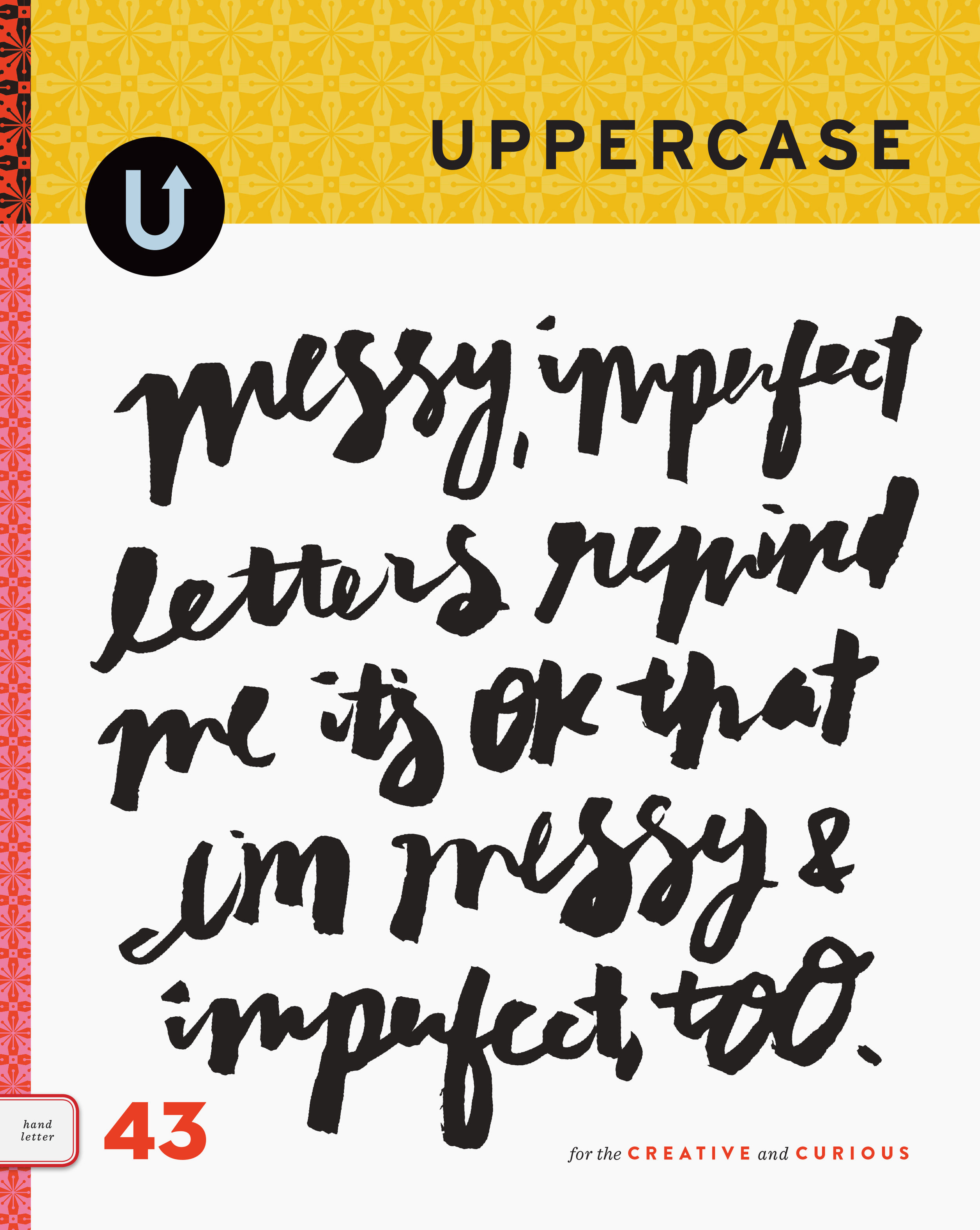Q & A with Mickey Krueger at Windham Fabrics
/Windham pins and a bundle of UPPERCASE fabric on display at QuiltCon earlier this year.
Windham Fabrics is the quilt cotton division of a long-running family-run mill, Baum Textile Mills, which was founded in 1955. With a corporate history spanning so many decades—and changes of fashion—how does Windham balance traditional offerings with contemporary designs?
Traditional designs and their history are of particular interest to me. My office is filled with 19th-century document fabrics and quilts that offer some of the most stunning surface designs. Like in fashion design, the tastes of those buying our fabric evolve and change over time. We deal with trends and changes in the mood of the marketplace the same as any other creative company. Considering our depth in designers and their varied styles, sometimes we follow those trends, and sometimes we buck them. We like to think that no matter what the sewist is interested in, Windham will have something that attracts them.
What are the hallmarks of a best-selling design?
This is a question that we constantly ask ourselves, but have yet to find a clear answer. Because of the nature of our business we are designing for so many end uses, which makes answering this question even harder. When considering traditional versus modern designs there are some basic differences in the aesthetic of what is popular. But even considering designs for the same audience we have seen what we think are home runs fail, and ho-hum designs become best sellers.
What is the best part of your job?
Although I do not consider myself artistic, I do love the design process. We work with so many designers, and the way a collection is developed is different for each designer. It is always satisfying to see a well-done collection receive critical as well as commercial success. This is best when the collection comes from a designer who might not be well known within our industry.
What qualities do you look for when sourcing new designers or surface pattern designs?
We have a customer base with divergent tastes, and a variety of needs. As a result we are always looking for designers offering something that we don’t already “have.” I suppose the designers that I look for are those who are true to their own aesthetic, but can still stay within the “bounds” of what we know our customers will find pleasing. While I am not afraid of taking chances with designers, I am still running a business and must prudently consider what we think will sell. For this reason I like to get my sales and design experts involved in the selection process because everyone brings something unique to the table.
Display wall in the Windham Fabrics booth at QuiltCon.
Are their specific trends in colour or motifs that you have noticed that are either ebbing or emerging?
I keep seeing clean lines, and simple motifs with generous use of negative space. With the help of the Internet, design proliferates very quickly. As a result, artists (and end users) pick up on trends very quickly, which can lead to a kind of sameness in design. The best designs come from those artists who can lend a uniqueness to a trend that separates them from the rest.
What is your advice for folks hoping to break into fabric design or to have their work licensed?
Always be true to your own aesthetic, but don’t take for granted the needs of your client (or potential client). Be flexible, and be fast. If you are targeting a specific industry, learn a little about that marketplace, and present your designs in a way that the client will best understand in their own language.
(This interview was originally published in the digital update version of the UPPERCASE Surface Pattern Design Guide, available as a free download when you sign up to the weekly newsletter. It was also published in issue 28.)







